Winter is coming, and the extra moist weather presents an excellent breeding ground for mold or kabi. Fear not, we’ve got you covered on the best practices and which products to arm yourselves with when battling this fungus.
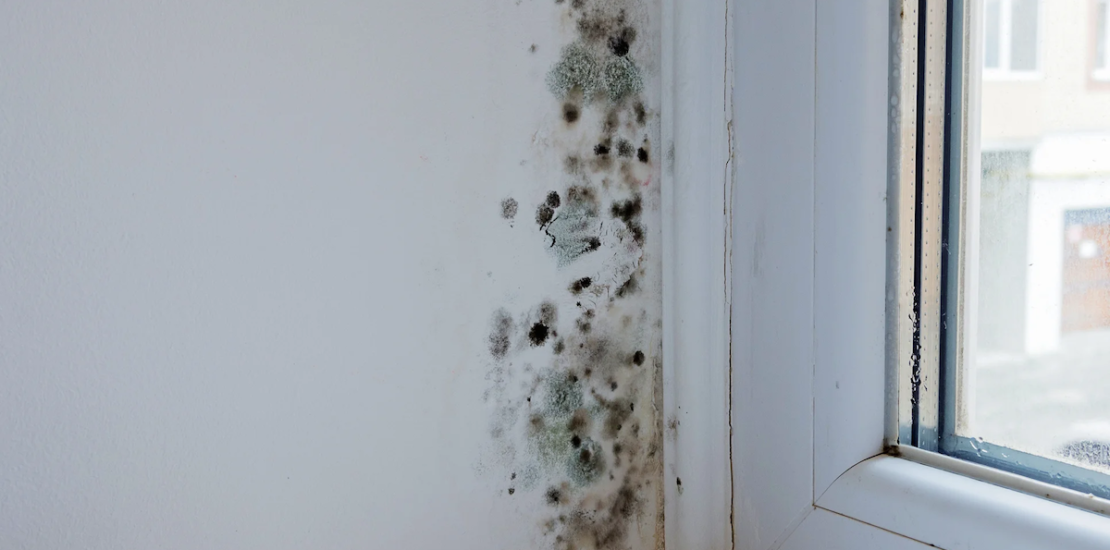
Did you know that mold, the microscopic fungi, can grow and thrive on any organic matter? This basically means no area in our homes is spared from their presence given the right conditions. On the other hand, mildew, a kind of mold, loves shower walls, windows, and other places with increased moisture levels.
Whether it’s mold or mildew, the colder weather during winter leads to extra condensation. While this can be quickly addressed by opening windows and letting air circulate to balance temperature levels in warmer weather, homeowners don’t really have this option in winter.
Furthermore, the extra heat from air conditioners or heaters and the clashing cold weather knocking on doors and windows create a more significant temperature imbalance, thus increasing condensation. Do nothing, and you will soon discover small dots in the bathroom floor or walls, in between floor tiles, on shoes and clothing inside the shoe cabinet, and so on.
Since prevention is better than cure when tackling this problem, we will go through the main areas kabi can appear in a home and provide solutions accordingly.
Mold in the entrance or genkan
One of the areas in a house that come into contact with dirt and moisture, thus providing an excellent place for mold to breed, is the entrance or genkan. Things like shoes, umbrellas, coats, and shopping bags can all function as a medium for bringing moisture into a home.
Products to consider:

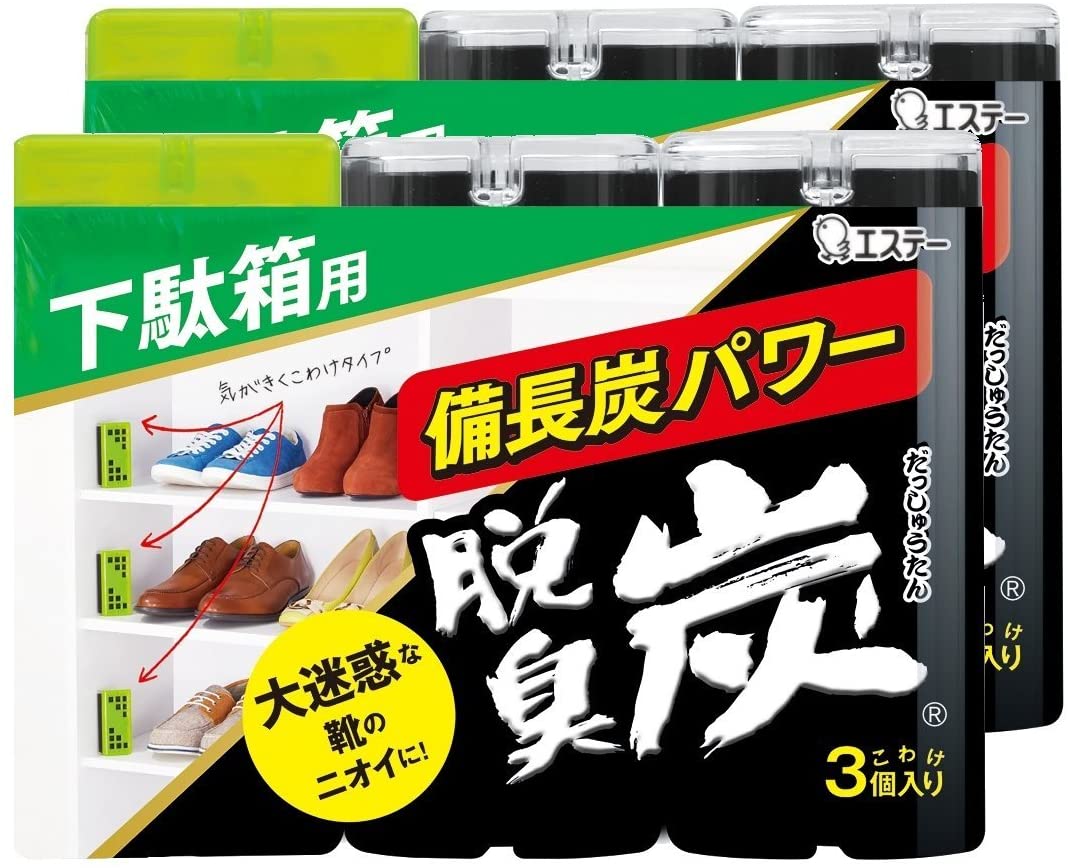
Helpful tips and best practices
To get to the bottom of a possible mold issue and prevent it from happening, make it a habit to dry your umbrellas before storing them away. Not only will it prevent mold from forming in your storage area, but it will keep the metal parts of the umbrella from rusting as well.
For your shoe storage, you can periodically air it out and place some of the dehumidifying and absorption pads on each shelf. If the smell is an issue, you can add some deodorizing products too. There is usually a small window near the entrance of a home that you can partially open to promote air circulation and keep your entrance dry and mold-free.
Mold in the kitchen
Although mold usually forms on areas that don’t have much foot traffic and the kitchen is one of the most-used areas in a house, you might be surprised that cracks and corners still develop mold. Look at the corners of your sink, the part where the faucet attaches to the sink, beneath the stove, and on refrigerator doors (the suction padding that ensures a tight seal when closed). Mold spreads quickly, and when a spore lands on organic material, it can spread in a few hours.
Products to consider:
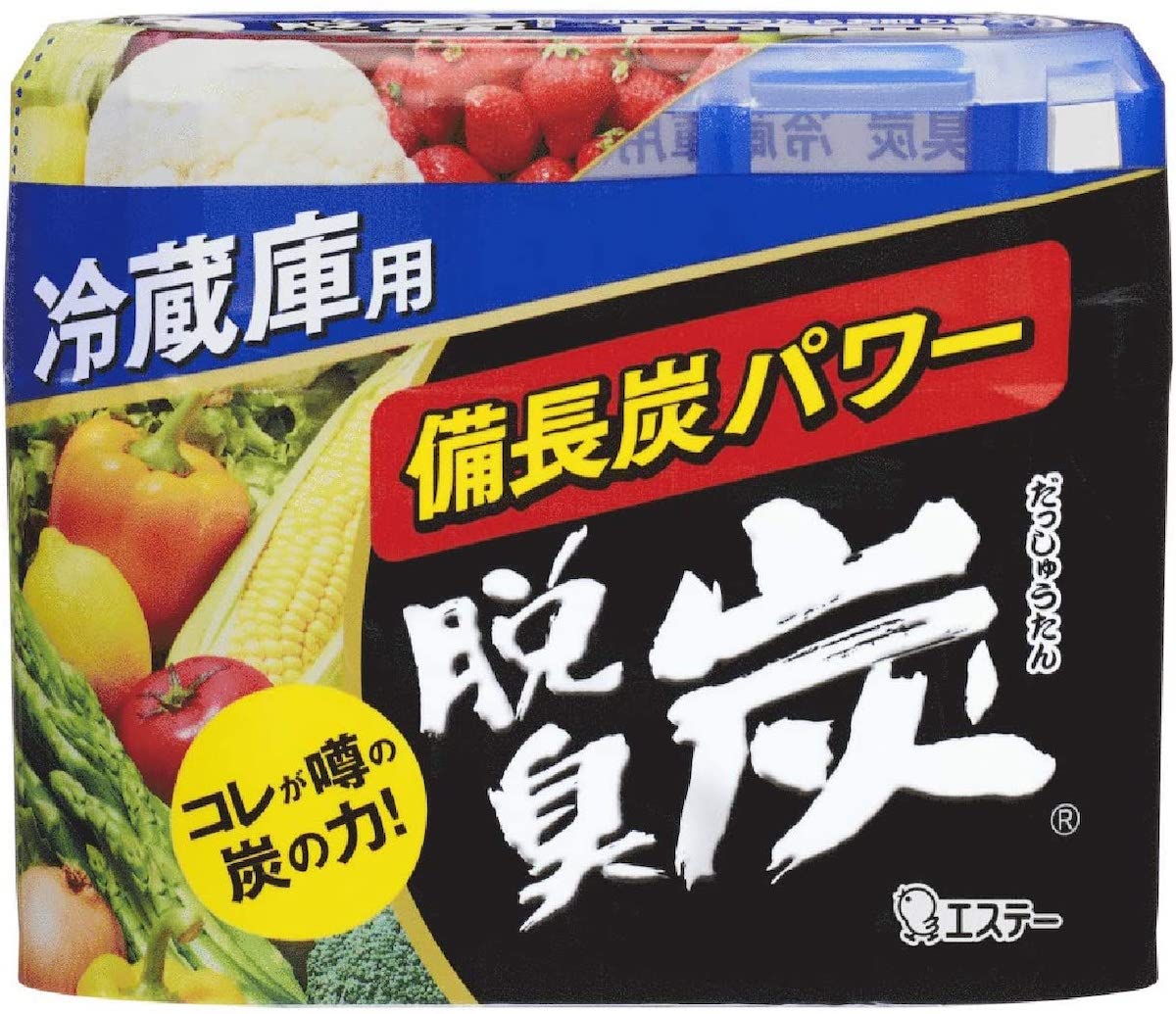

Helpful tips and best practices
Keeping your kitchen clean is enough to keep mold at bay during the cold winter months. Make it a point to wipe down your stove area after dinner, keep the sink clean and do a general cleaning of the fridge at least once a month. A good wipe should address the issue since mold likes to form around water droplets in the kitchen area.
The good practice of wiping also limits hard water stains and rust from your stainless-steel fixtures. You can also grout the cracks and crevices between tiles or the kitchen counter to prevent bacteria from forming on corners you don’t always see.
Closet and storage spaces are favorite hiding spots
It’s easy to forget about storage spaces and closets during winter months and be surprised that bacteria had a party when you open the doors for spring cleaning. Fortunately, there are a few simple ways to ensure that fungus does not spread under your supervision.
Products to consider:
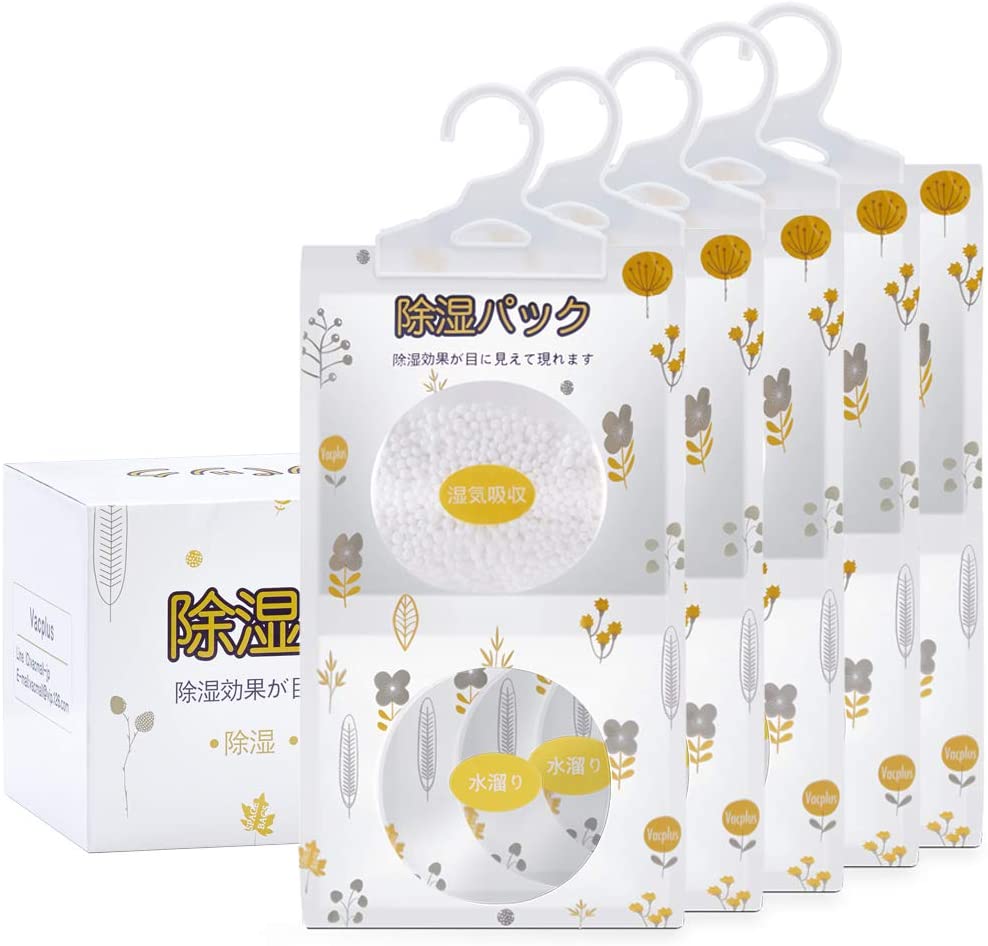
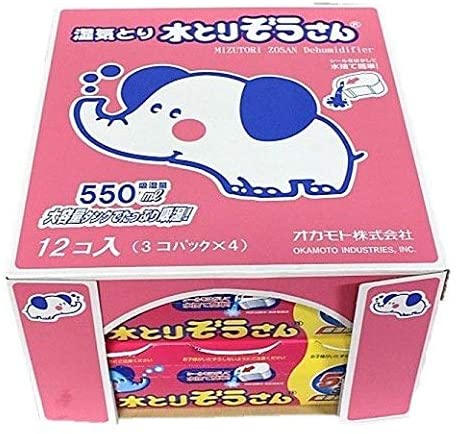
Helpful tips and best practices:
The best way to store something for long-term forgetting is by vacuum sealing the item. Whether it’s thin blankets, summer clothes, extra futons, or bedsheets, Japan’s vacuum-sealed bags come in all sizes. Place the items inside, suck the air out with a pump or vacuum, and you give mold no room to breed. Plus, you get a lot of extra space and a very organized closet that even Marie Kondo would approve of. You can also pop a few of the products mentioned above to suck out the excess moisture in the closed area or occasionally open your storage and closet doors to let air circulate.
Mold in the bathroom
Let’s move on to the bathroom, another commonplace that gets visited by mold, and they’re relentless! You leave things unattended for a few days, and spores would appear. The constant contact with moisture and lack of ventilation makes this room one of mold’s favorites. However, with just a few tricks and good habits, your bathroom can remain clean all year round.
Products to consider:

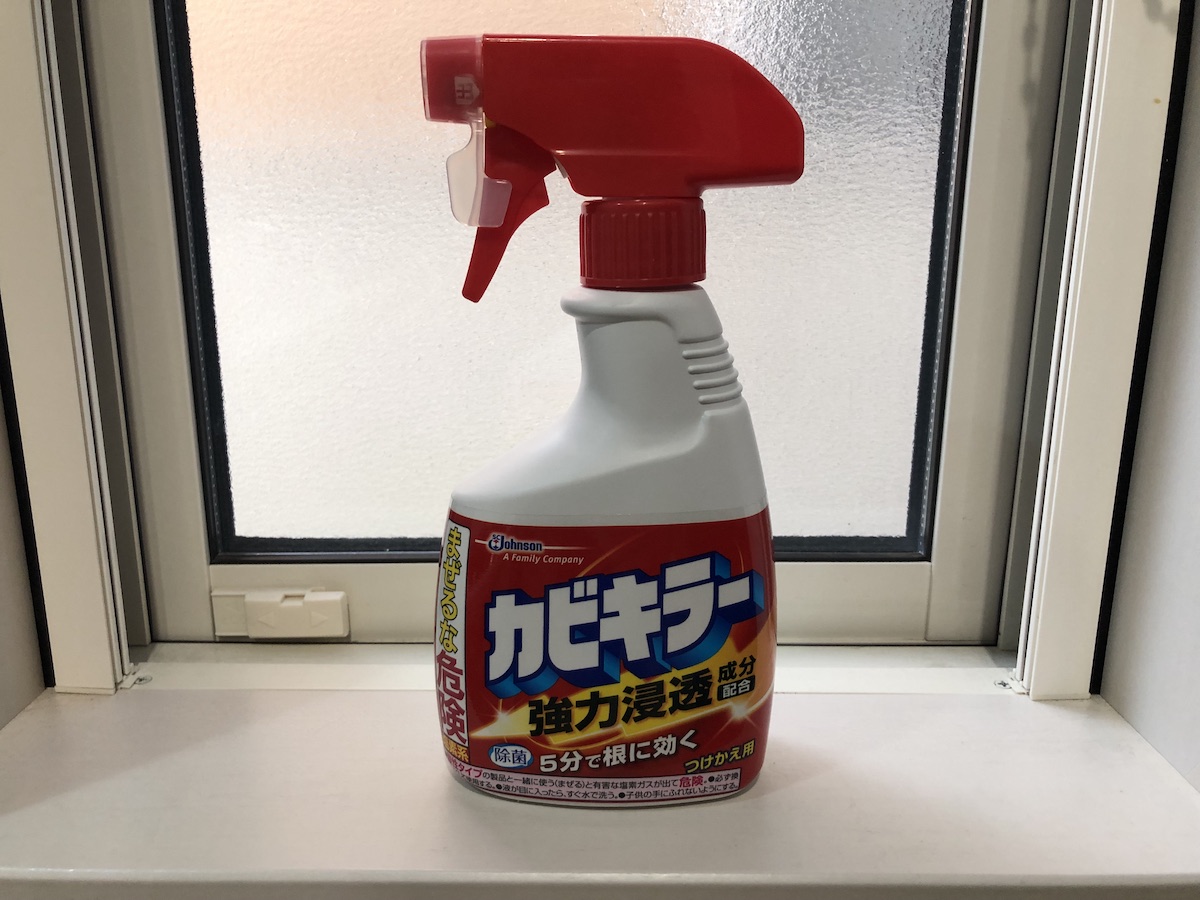
Helpful tips and best practices:
The best way to limit or prolong the growth of mold is to turn on the ventilation. Did you know that you’re actually supposed to leave it on all the time? If you have one of the fancy ventilation systems, there’s usually a note that advises you to turn on the ventilation 24 hours a day. While you might think this will affect your electricity bill, the cost of keeping it on is actually about ¥100 a week.
Next, open the window when you’re done bathing and treat the kabi cleaner as your best friend. I personally clean the bathroom once a week and pair the kabi cleaner with a shower cleaner for a thorough effect. I spray all around the room, especially on grouted corners, on the bathtub lid, underneath the shampoo trays, on the drainage, and the door. Leave it for 20 minutes or so, then rinse.
This simple habit has kept our bathroom sparkling clean even during winter. What’s more, I never have to do a deep cleaning that requires tedious elbow grease to remove tough stains and mold buildup.
Mold in the laundry room
The main area that develops mold in the laundry area is in the washing machine. You might think that regular contact with water and cleaning materials keeps this appliance clean, but mold can quickly grow on the machine’s outer drum, lid, or rim.
Products to consider:
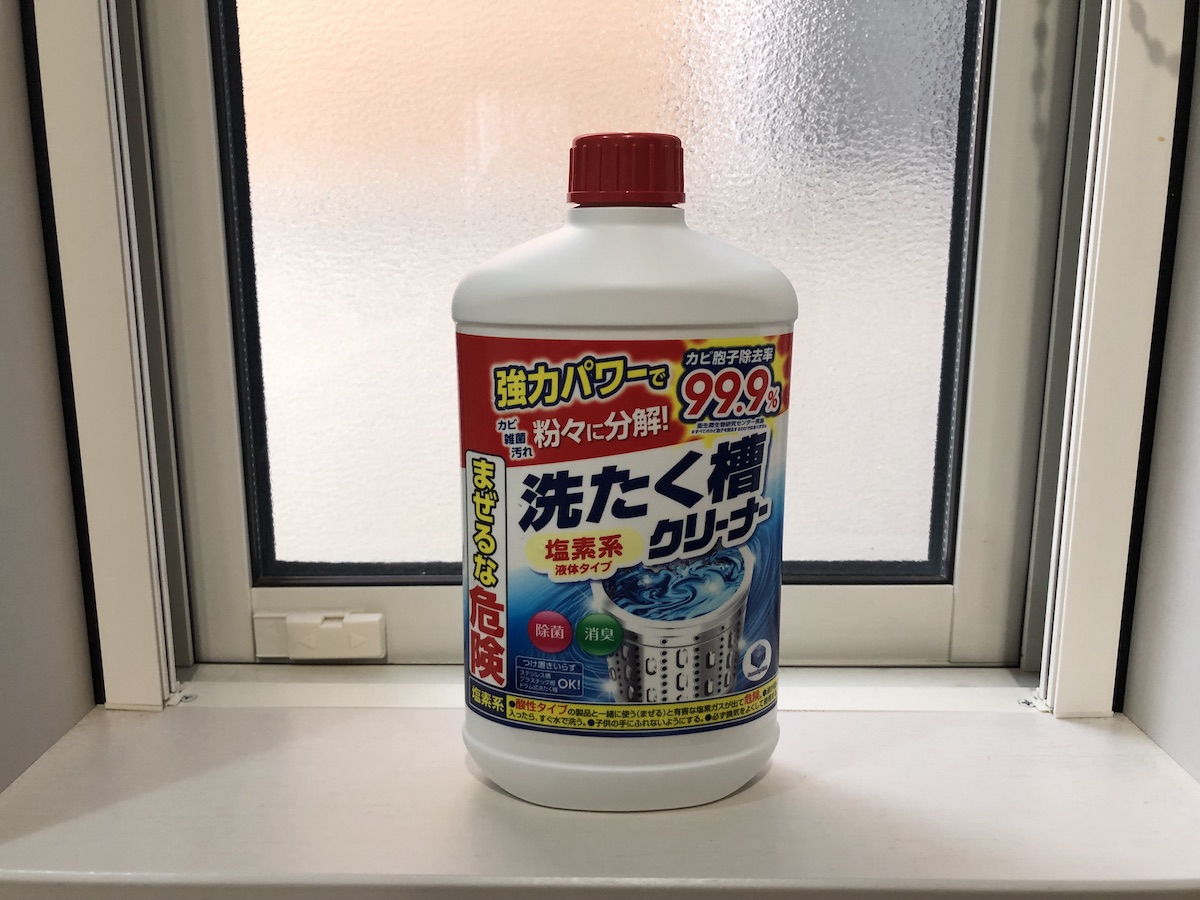
Helpful tips and best practices:
A laundry area often has a nearby window for ventilation. It’s best to keep it open for air circulation. You can periodically deep clean the inner drum using the product mentioned above and wipe down the surfaces to keep it bacteria-free. You can also refrain from using the machine as a makeshift laundry hamper to promote bacteria growth. Lastly, you can keep the machine’s lid open when not in use to keep air flowing through the machine.
Your storage room might look like a grocery aisle with all sorts of bottles but being able to rest peacefully knowing your place is truly mold-free is worth it. Give these tips a try and say goodbye to bacteria!



